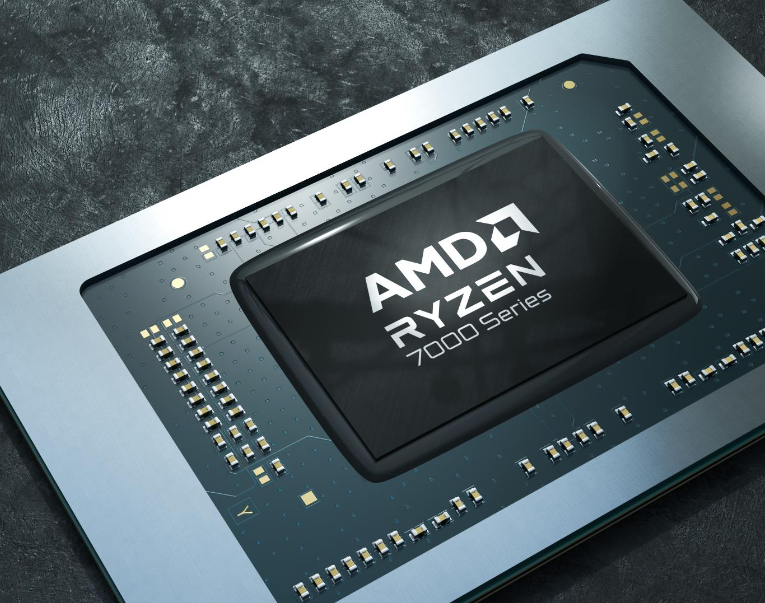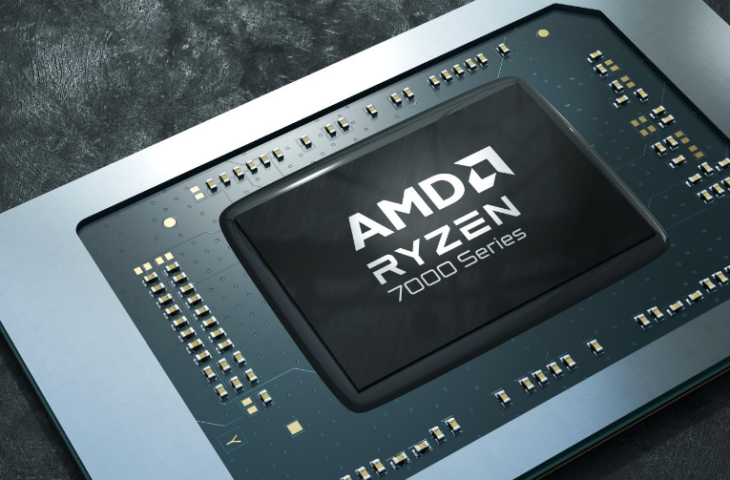AMD also relies on Big.Little CPUs with different core types
- May 19, 2023
- 0
AMD also plans to implement some kind of Big.Little configuration in its CPUs in due course. This hybrid architecture combines powerful and efficient cores on one chip for
AMD also plans to implement some kind of Big.Little configuration in its CPUs in due course. This hybrid architecture combines powerful and efficient cores on one chip for


AMD also plans to implement some kind of Big.Little configuration in its CPUs in due course. This hybrid architecture combines powerful and efficient cores on one chip for a more versatile and above all more efficient result.
AMD wants to follow Intel and ARM with its future processor designs. CTO Mark Papermaster revealed this to Tom’s Hardware. For the future, the chip designer is considering hybrid designs with multiple types of CPU cores on one chip. It is initially a combination of powerful cores with more economical ones.
Such a configuration was invented by Arm with his smartphone chip designs. There it was called the combination of fast and efficient cores big little. Since Alder Lake, Intel has taken inspiration from Big.Little in all of its core processors. After all, the processor giant combines P-Cores and E-Cores into one. In this case, the P cores are classic cores with multithreading, while the E cores do not have multithreading and are derived from the Atom architecture.
AMD initially said it didn’t need such a hybrid model to deliver efficient chips. According to Papermaster, the company is now examining the matter. He goes even further, predicting chips with a wider variety of cores optimized for things other than pure performance or efficiency. These cores will then be surrounded by built-in accelerators. AMD already showed a foretaste of this vision with the introduction of the Ryzen 7040U processors. After all, they have an AI chiplet on board.
AMD is well positioned to experiment with different components on its chips. After all, with the introduction of the Zen architecture and Ryzen, the company has consistently opted for a design based on separate chiplets. This allows AMD to combine components relatively easily.
Source: IT Daily
As an experienced journalist and author, Mary has been reporting on the latest news and trends for over 5 years. With a passion for uncovering the stories behind the headlines, Mary has earned a reputation as a trusted voice in the world of journalism. Her writing style is insightful, engaging and thought-provoking, as she takes a deep dive into the most pressing issues of our time.